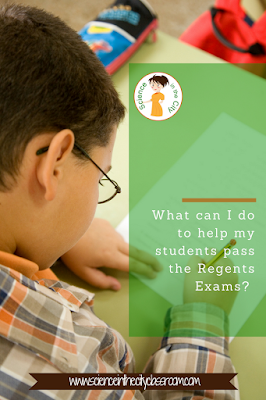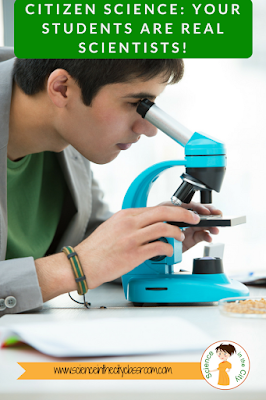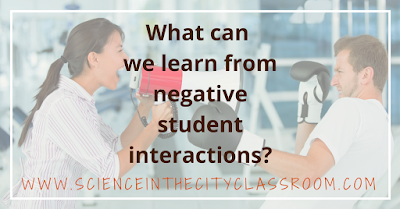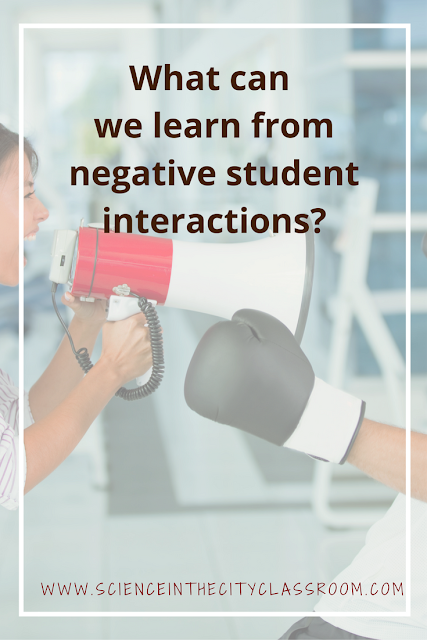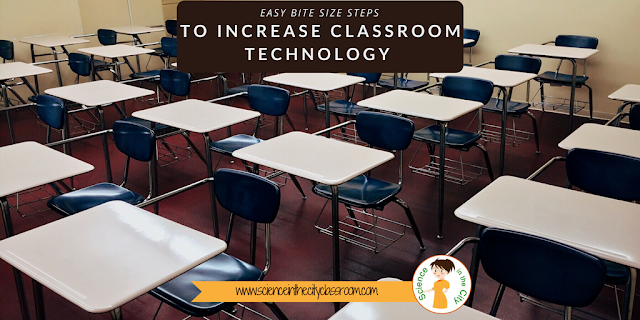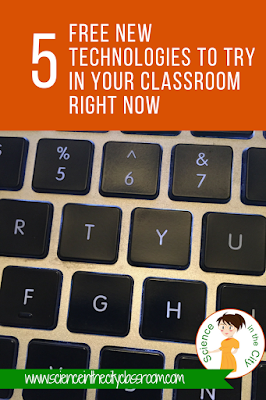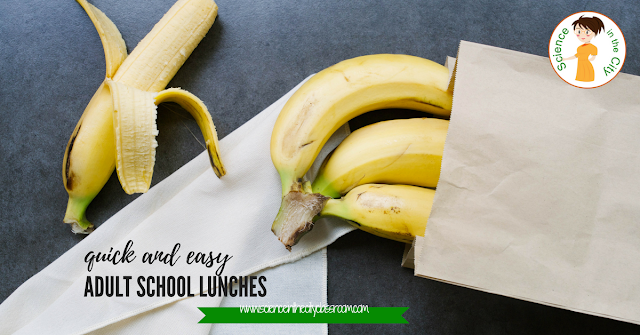I participated in this very basic short training for NGSS, and had some discussion in this facebook group. Through that reflection I thought I had a beginning understanding of NGSS, at least how it is set up, and had some thoughts about how it would affect my classroom. I was waiting to see how the assessments worked, but felt that I had a pretty good start.
Now, however, I am working on designing curriculum for a new course that that will be aligned to NGSS, and I found myself again confused and thinking through some of the issues surrounding it.
I wanted to write a post where I share with you a few of the main points that I am taking away, and hopefully open up some further discussion.
A little background on NGSS
Make sure you check out the NGSS website. It is pretty easy to navigate, and has sections on Understanding the NGSS. Two of the most useful handouts, in my opinion, were- How to Read the NGSS
- NGSS Cheat Sheet (from the training, not the NGSS Website)
- and The NGSS Fact Sheet (especially page 2)
The NGSS draws from three dimensions. These are as follows:
- Disciplinary core ideas: our traditional content - subject matter
- Science and engineering practices: what may previously have been called science skills such as using models, planning and carrying out investigations, analyzing and interpreting data, etc.
- Cross-Cutting concepts: concepts and themes the cross many different science areas - such as patterns, cause and effect, stability and change, etc.
The NGSS are also correlated to Common Core, so they support math and literacy integrated into the science classroom.
These changes were made with a few larger shifts in mind. The shifts are:
- from isolation to integration
- from science inquiry to science and engineering practices
- from discrete science ideas to science and engineering crosscutting concepts
Here are a few of the ‘takeaways’ from our PD circle in the Facebook Group
Engineering design:
The biggest takeaways for me from this module were the embedded skills, and the process itself - collaboration, optimization, and revision, grit. I think it is important to explicitly teach these skills. A lot of projects, or even experimental design lend themselves well to this if we spend more time on the design process rather than giving students a step by step method, but teach them modeling and design skills. It’s not so hard to do, but a different perspective.
Cross-cutting concepts
I learned that it is important to “draw the concepts into the foreground”. We can (usually) easily recognize patterns or cause and effect but students really struggle with those relationships. Starting to use the terms with young children is exciting because much like a foreign language it will be easier to become more fluent in science and get to a deeper understanding of science content in middle and high school.
I do think it requires a re working of lesson activities and instructional formats. I know most of my stuff mainly reflects disciplinary core ideas. I have to work in the practices and concepts more and make more integrated performance assessments.
Focus on a few at a time and be intentional! Looking at the planning sheet our district made, it matches completely with this idea. So manageable! Also, I agree that we need to pull them into the foreground, like the depth and complexity icons.
Science and Engineering Practices
I learned that science is really a much more round about discipline, which is so different than what I’ve always learned and taught. I realized how much more integrated science should be, and that I should be talking about it like that in class. Doing science in class was completing rigid labs to achieve a desired outcome. I started off teaching that way, but have loosened up over the years to encourage students to create their own investigations. BTW, I much prefer the term investigation to experiment. It can include so much more.
I need to be much more intentional in pointing out the practices not only when we do them, but whenever the opportunities arise. I liked identifying them in the video and article.
The students need to talk, and they need to experience by learning.
Science is messy, and it is so good for the students to see this. It is hard to let go of control and fear that the students will not learn what they need to learn. It may take longer and be louder, but it is good for them! They might be wrong sometimes, but over a few practices, can correct misconceptions.
How to match up the standards to your curriculum
When trying to match up the standards to my curriculum I got a bit overwhelmed at first because of the different dimensions. After looking at some other resources, and talking to some colleagues, here are the conclusions that I came to:The part I am correlating my curriculum to is the performance expectations at the top. There are much fewer of these than there were in our previous state standards, but they are broad and more comprehensive, so as you teach them, you are covering more content.
These performance expectations also lend themselves well to developing projects that would demonstrate competency in these areas.
One, or just a few performance expectations might cover an entire unit.
However, as you are teaching these, you want to keep the other dimensions in mind.
For example. When you teach the core disciplinary ideas, make sure that you are including some problem solving, engineering design, and cross-cutting science concepts. Also make those cross cutting concepts really clear and explicit
Where do I find examples of NGSS in practice?
As you are looking for NGSS aligned lessons and further resources, I put together a few websites that I found while searching:- NSTA has an NGSS Hub that can be searched by grade level and core idea
- The Next Generation Science Website itself has some sample classroom performance assessment tasks. There is not a big library here, but growing, and they give good examples of how the different dimensions are integrated.
- If you prefer videos and examples, rather than lesson plans per se, The Teaching Channel has a “Deep Dive Guide to NGSS” and quite a few videos where you can see it in practice.
- One of my favorites - since NGSS is focused on finding phenomena, and students acting as scientists to explain, I love this database of phenomena that can be searched by standard!
- Lastly, although it may be a bit overwhelming, this concept map is a wealth of information on everything NGSS related! As I get further into NGSS, I definitely plan to explore it much farther!!












